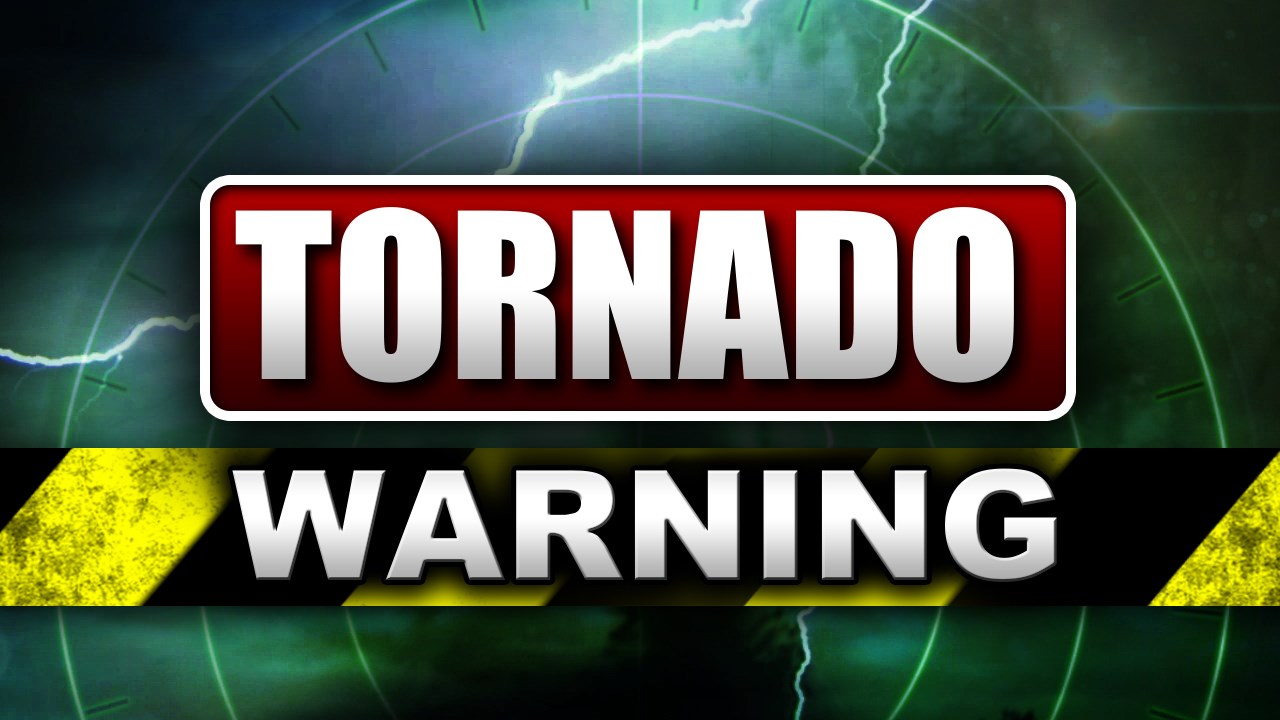Tornado Formation and Characteristics: Tornado Warning

Tornado warning – Tornadoes are violent rotating columns of air that extend from the base of a thunderstorm cloud to the ground. They are spawned by powerful thunderstorms and are characterized by their destructive force, often causing widespread damage and loss of life.
The tempestuous fury of a tornado warning can send shivers down the spine, leaving us scrambling for shelter. But with the louisville weather radar at our fingertips, we can stay one step ahead of the storm. By monitoring its precise movements, we can pinpoint its path and prepare accordingly, turning the chaos of a tornado warning into a manageable dance with the elements.
Meteorological Conditions Leading to Tornado Formation
Tornadoes form when specific meteorological conditions combine, including:
- Wind shear: A change in wind speed and direction with height creates an area of rotation in the atmosphere.
- Instability: Warm, moist air near the ground and cooler, drier air aloft promotes upward movement of air, fueling the thunderstorm.
- Lift: An upward force, such as a cold front or a rising thermal, initiates the thunderstorm and provides the energy for tornado development.
Types of Tornadoes
Tornadoes vary in size, shape, and intensity, but all share certain characteristics:
- Weak tornadoes (EF0-EF1): Wind speeds of up to 110 mph, causing minor damage to trees and structures.
- Strong tornadoes (EF2-EF3): Wind speeds of up to 165 mph, capable of causing significant damage to buildings and uprooting trees.
- Violent tornadoes (EF4-EF5): Wind speeds exceeding 200 mph, causing catastrophic damage and leveling structures.
Factors Influencing Tornado Intensity
The intensity of a tornado is influenced by several factors:
- Wind shear: Stronger wind shear creates more intense tornadoes.
- Instability: Greater instability leads to more powerful thunderstorms and more intense tornadoes.
- Environmental moisture: Dry air can weaken tornadoes, while moist air can enhance their intensity.
- Terrain: Rough terrain can disrupt tornado formation, while smooth terrain allows for more organized and intense tornadoes.
Tornado Safety and Preparedness

In the face of an imminent tornado, swift and decisive action can save lives. By adhering to established safety protocols and remaining vigilant, individuals can mitigate the risks associated with these formidable weather events.
Tornado Warning Preparation
When a tornado warning is issued, immediate steps must be taken to ensure safety. First and foremost, seek shelter in a designated safe location, such as a basement, storm cellar, or interior room on the lowest floor of a sturdy building. If these options are unavailable, move to an interior room on the lowest level of your home and away from windows.
As you move to shelter, remain calm and avoid unnecessary risks. Do not attempt to drive or evacuate unless instructed to do so by authorities. If caught outdoors, seek refuge in a sturdy building or lie flat in a ditch or low-lying area and cover your head with your hands.
Safe Shelter During a Tornado
The safest places to seek shelter during a tornado are below ground level, such as in a basement or storm cellar. These structures provide the best protection from flying debris and the intense winds of a tornado.
If a basement or storm cellar is not available, seek shelter in an interior room on the lowest floor of your home. Choose a room without windows, such as a bathroom or closet. Stay away from exterior walls and windows, as these are more vulnerable to damage.
Evacuation Procedures
In the event of a tornado threat, it may be necessary to evacuate your home or workplace. If instructed to do so by authorities, follow these steps:
- Remain calm and avoid panic.
- Gather essential belongings, such as medications, important documents, and a change of clothes.
- Follow the designated evacuation route and proceed to the nearest designated shelter.
- Do not return home until authorities have declared it safe to do so.
Tornado Impact and Recovery

Tornadoes can have a devastating impact on communities and infrastructure, causing widespread damage and loss of life. The aftermath of a tornado can be chaotic and overwhelming, but emergency responders play a crucial role in providing assistance and coordinating recovery efforts.
Emergency Response and Recovery
- First responders, such as police, fire, and emergency medical services, are the first on the scene of a tornado. They work to rescue survivors, provide medical care, and secure the area.
- Emergency management agencies coordinate the response and recovery efforts. They assess the damage, provide shelter and food to survivors, and work with other agencies to restore essential services.
- Volunteers play a vital role in the recovery process, helping with cleanup efforts, providing emotional support, and distributing supplies.
Rebuilding and Restoration, Tornado warning
Rebuilding and restoring affected areas after a tornado can be a long and complex process. The following steps are typically involved:
- Damage assessment: Engineers and other experts assess the damage to buildings, infrastructure, and the environment.
- Debris removal: Heavy machinery is used to remove debris from affected areas.
- Reconstruction: Buildings, infrastructure, and other structures are repaired or rebuilt.
- Community support: Local governments and community organizations provide financial assistance, counseling, and other support services to help survivors rebuild their lives.
The recovery process can take months or even years, but with the help of emergency responders, volunteers, and community support, affected areas can be rebuilt and restored.
Amidst the swirling winds and ominous skies, a tornado warning echoes, reminding us of the unpredictable forces of nature. To stay informed and prepared, it’s essential to check the louisville weather forecast regularly. By staying vigilant and heeding these warnings, we can minimize the risks and navigate the turbulent storms that life throws our way.